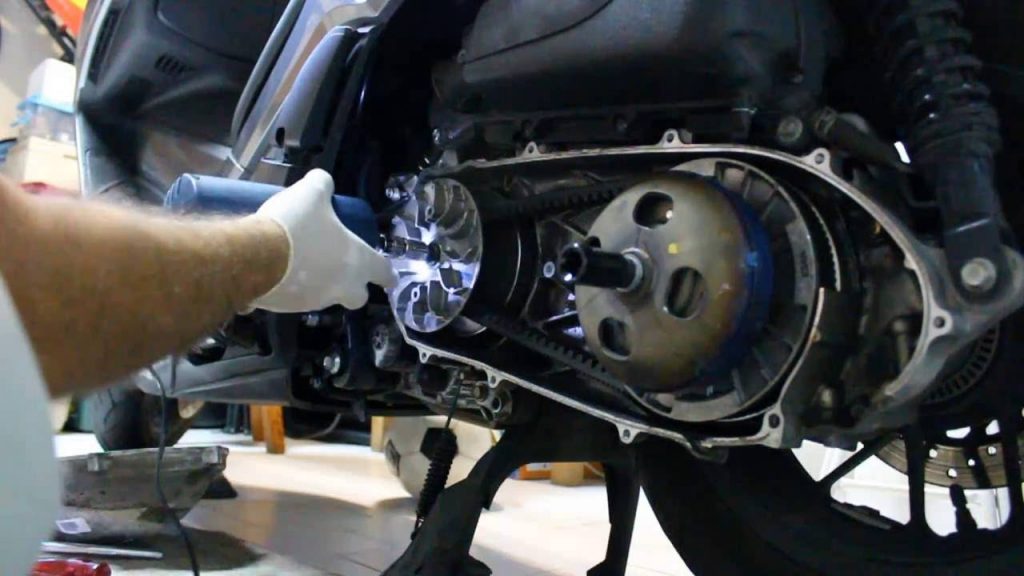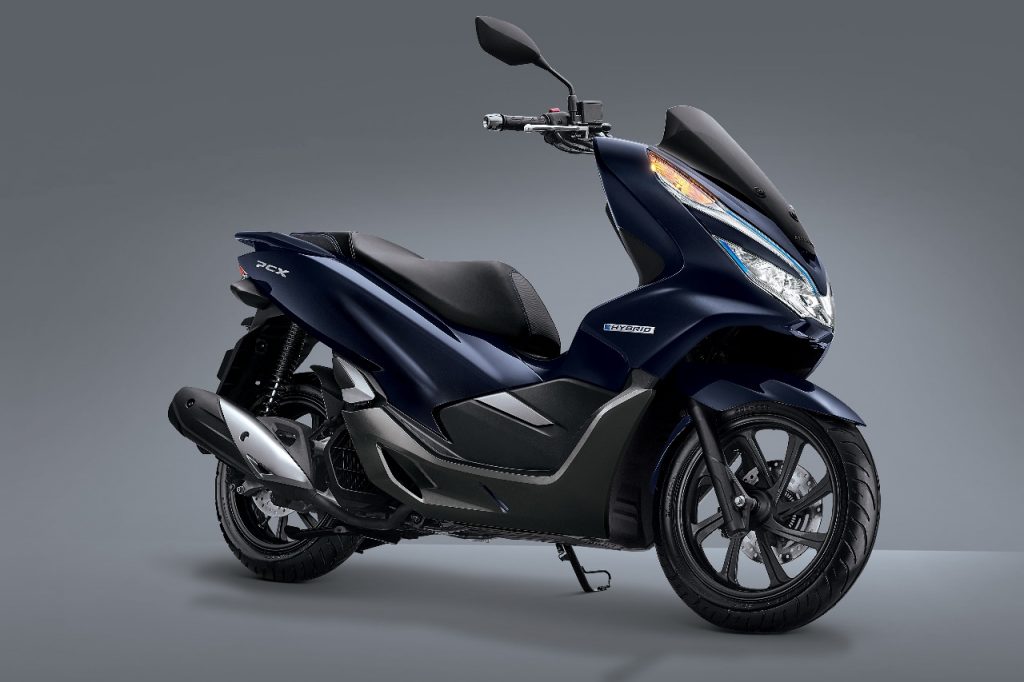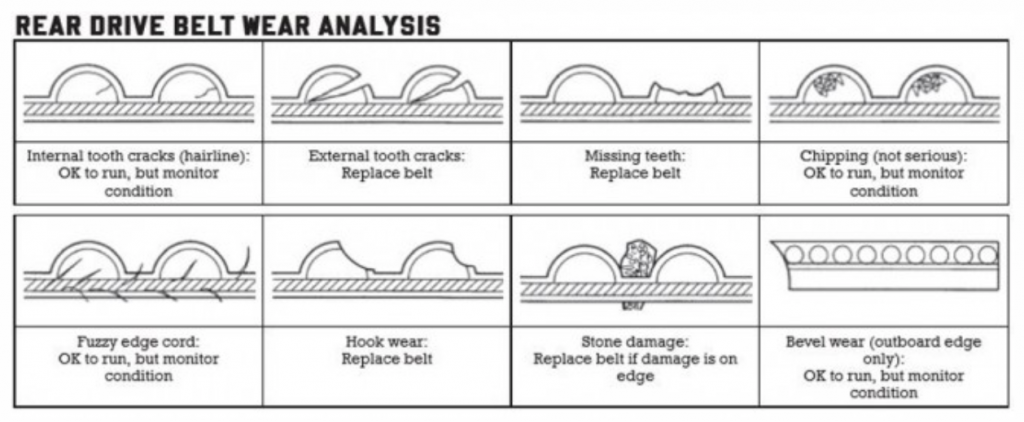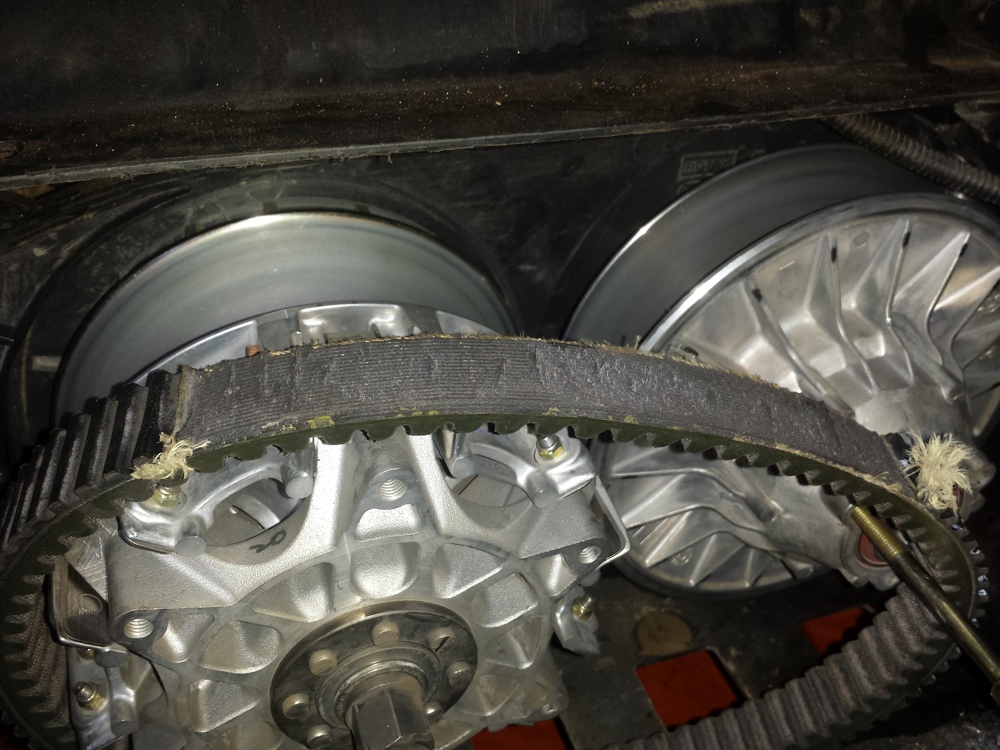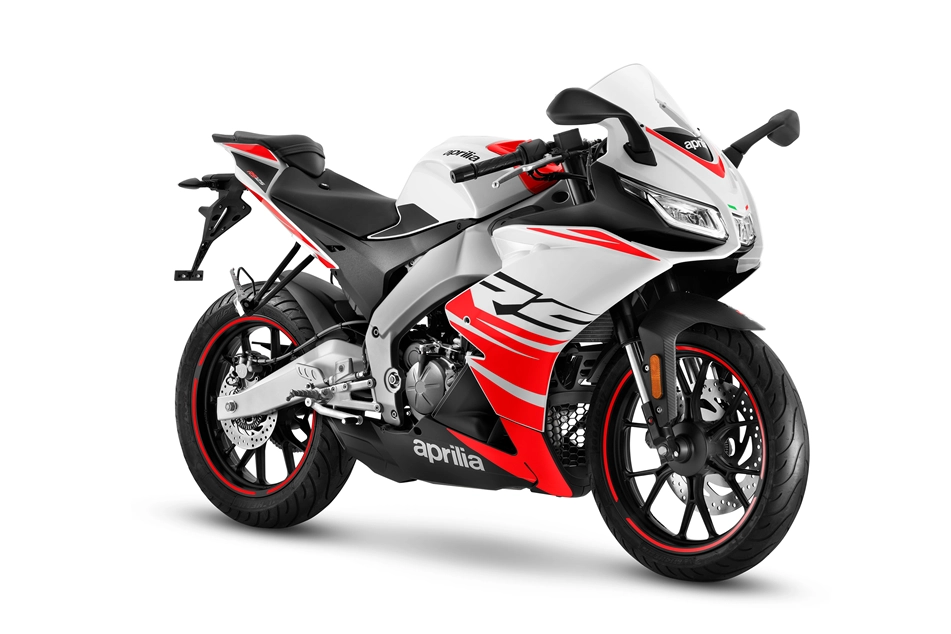-
Knowing how to inspect your scooter’s drive belt gives you a heads up on its condition.
-
It can save you a from a long push or unscrupulous mechanics.
-
Take a look at the symptoms and memorize them.
While we’ve tested many bikes, we do root for the automatic scooter for its ultimate convenience. But we understand there’s always one main concern among scooter owners: The drive belt.
Drive belts are definitely cleaner and hassle-free compared to the link-chain. Chains have come a long way from being snap happy, but years ago, drive chains could turn into whips and mobile chainsaws. Still, chains need cleaning and lubricating every 300 km, and it needs to be performed correctly.
However, whereas you can inspect the chain everytime before you ride, it’s not so easy with a scooter’s drive belt. Here are some tips on how to inspect your scooter’s drive belt and what to look out for. It’ll save you from a long push to the nearest workshop.
Learning to identify the symptoms is also a great way against being “slaughtered” by unscrupulous so-called mechanics.
How long does my drive belt last?
It depends on the manufacturer and specific bike, so you have to refer to the service/owner’s manual. Both manuals contain a wealth of information, so do flip through from time to time.
Certain manufacturers recommend a change at 10,000 km, 20,000 km and so forth. For comparison sake, those are the mileage one will usually get from link-chains.
How do I inspect my belt?
*NOTE: PLEASE DO NOT ATTEMPT THESE STEPS YOURSELF UNLESS YOU HAVE EXPERIENCE AND FULLY CONFIDENT. BUT PLEASE DO IDENTIFY AND REMEMBER THE SYMPTOMS.
There are symptoms, of course. Sluggish drive, lower top speed, abnormal noise, etc.
The best is when you are having your bike serviced. You can request for the mechanic to check it while the oil is draining, thus saving time.
What are the signs?
Check out the illustration below.
Rotate the pulleys and check the belt’s condition for abnormal wear, cracks, missing teeth, tears or holes. Tears on the sidewall, wear on the top surface, long cracks are signs of serious problems.
A snapped belt means you have to replace it, you smart alec.
Also remember to check the pulleys for broken teeth and wear. Lastly, don’t forget to check in the inside surfaces of the cover. Scuff marks mean the belt has lost its tension.
How do I replace the belt?
It is best done by trained professionals with the proper tools and equipment. The worst thing one could do is taking a shortcut on repairs. It could lead to an even bigger disaster.



